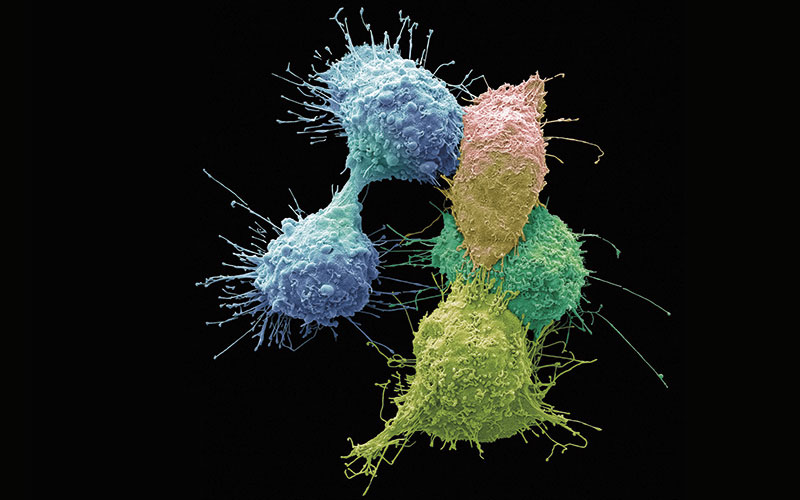Immune checkpoint inhibitors are a type of cancer treatment that help the immune system’s T cells recognise and attack tumours. But these immunotherapy drugs aren’t effective against all cancers.

In new research, scientists reveal how certain cells drive immunotherapy resistance in a mouse model of ovarian cancer and show that targeting a signalling pathway in these cells improved tumour responses to immunotherapy.
Senior author and Professor of Medicine Ronald Buckanovich said: “We found that healthy, non-cancer cells, known as mesenchymal stem cells (MSCs), under the influence of the cancer cells, essentially create a barrier that prevents immune cells from entering the tumour.
“In cancer, we call this ‘tumour immune exclusion’. Furthermore, MSCs recruit and promote the generation of other immunosuppressive cells to inactivate any immune cells that can penetrate the barrier. Combined, this prevents immune cells from doing their jobs and killing cancer cells, even in the presence of immune-stimulating therapy.
He added: “We found that inhibition of a signalling pathway known as the hedgehog pathway can prevent MSCs from establishing the immune barrier and reverse tumour immune exclusion. Importantly, we showed that clinically available hedgehog pathway inhibitors could restore the activity of immune therapy in otherwise immunotherapy-resistant ovarian cancer models.”
Image credit | SPL




